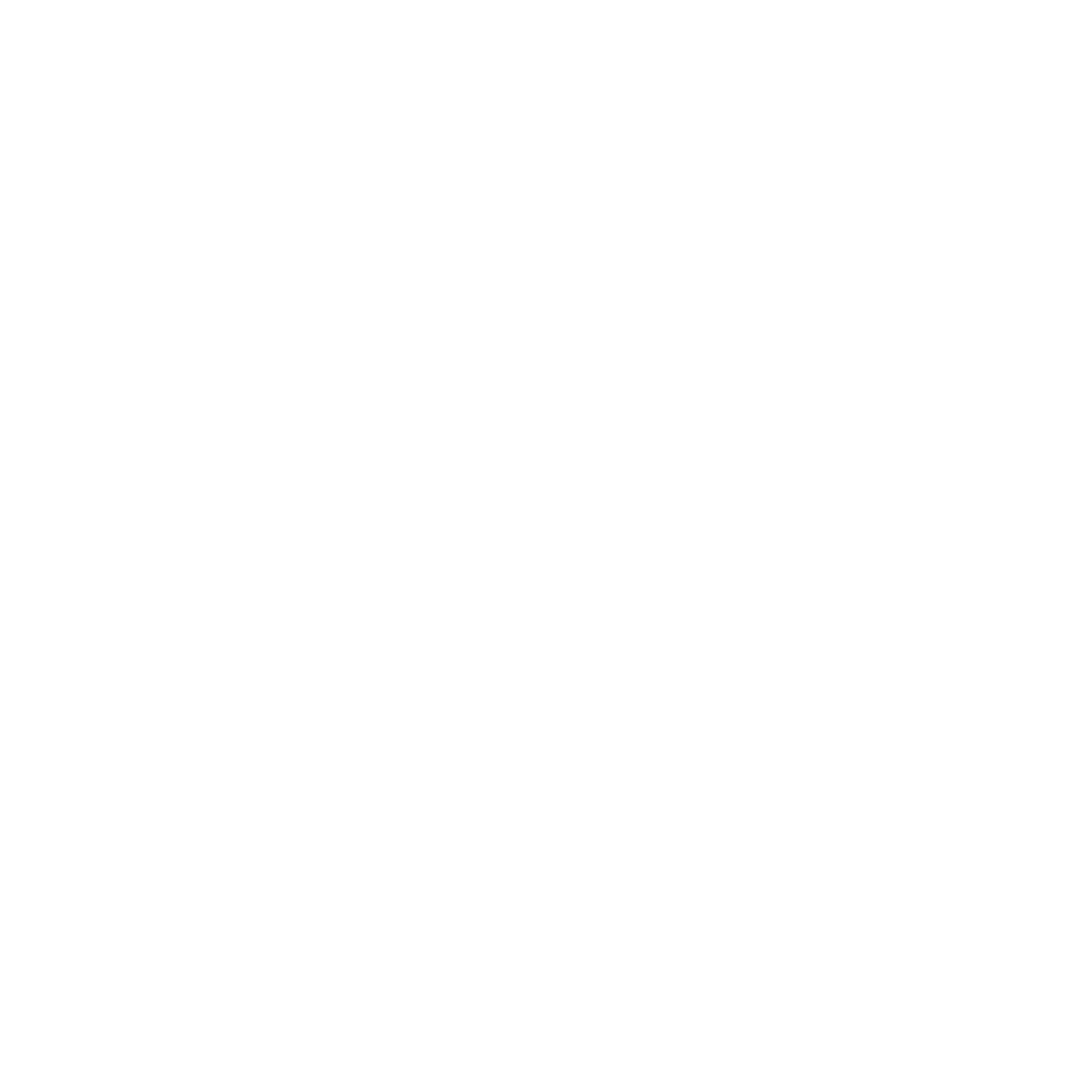
Most university assignments require you to use a range of scholarly sources to support your claims, arguments and ideas. Scholarly sources are sources that:
• Many scholarly databases, like Discovery, have filter options to limit your search results to peer reviewed articles.
• Try a multi-disciplinary scholarly database that only includes peer reviewed sources, like Scopus or Web of Science.
• Check if the journal the article was published in is scholarly or peer-reviewed, search for the journal name in Ulrichs Web Global Serials Directory.
Now that you've found your sources, how do you decide if they're relevant and trustworthy enough for your assignment? You can ask yourself the following questions:
Remember, for historic research, older material can still be relevant!
During opening hours you can talk to one of our staff members instantly from wherever you are by reaching out through our online chat service.